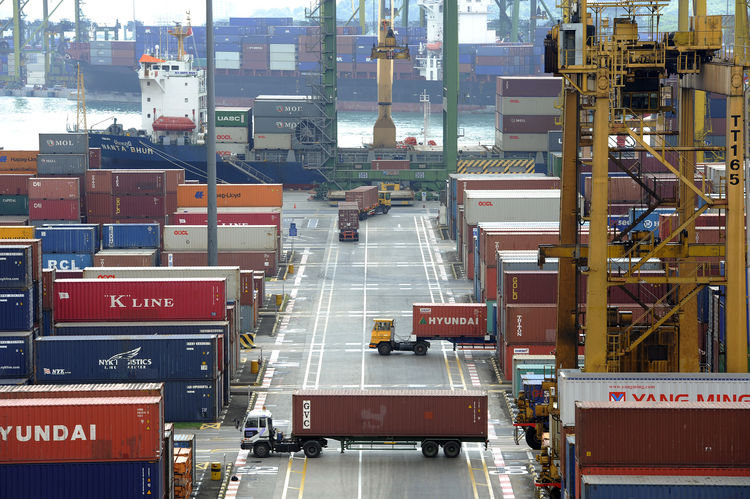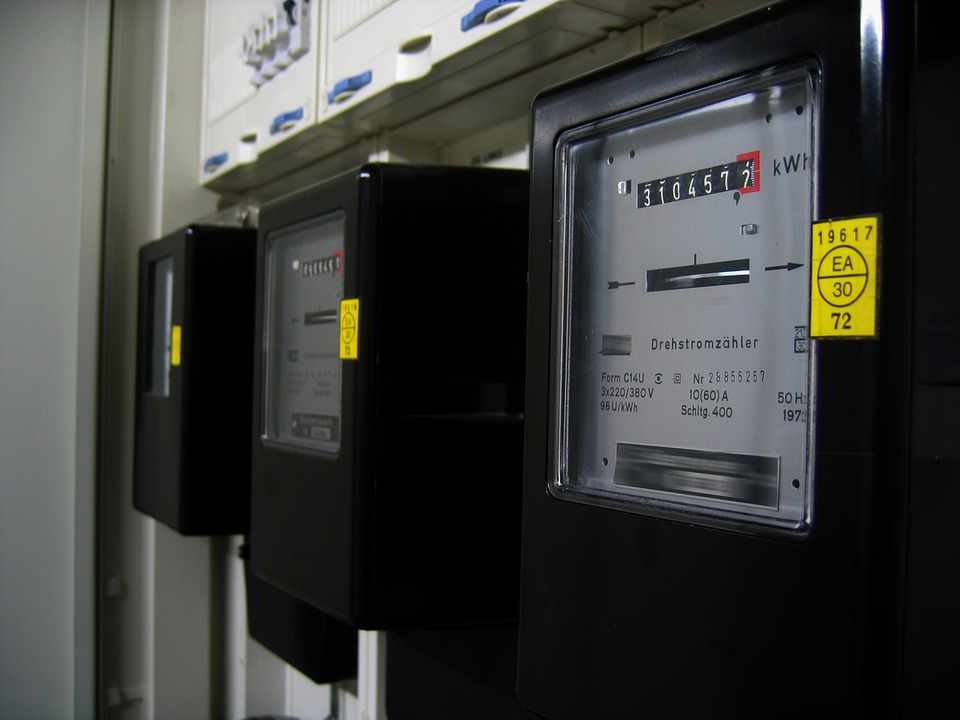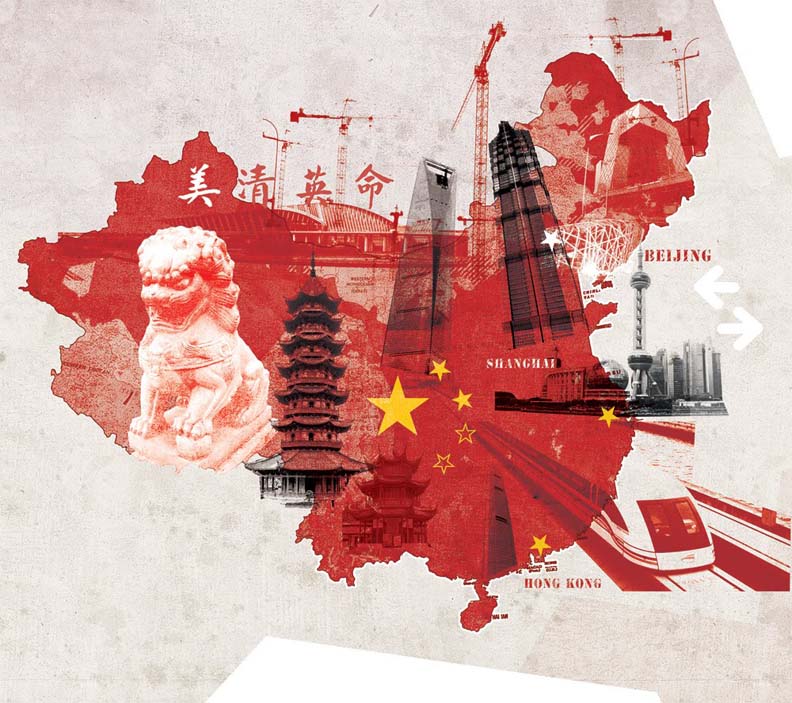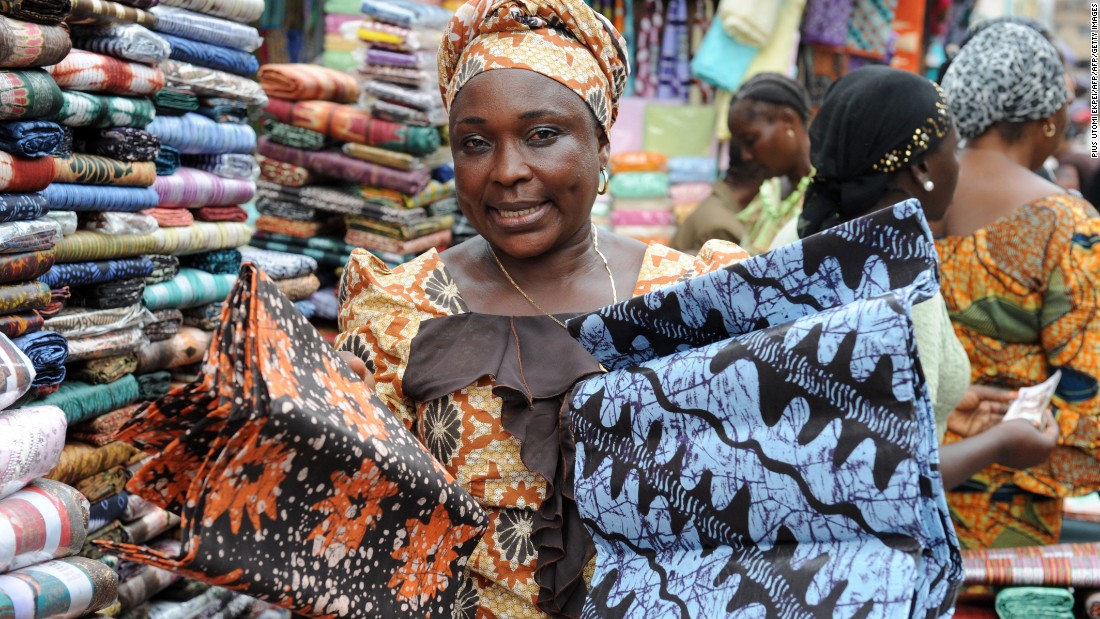- Nigeria’s Non-oil Export to US Falls by 24%
Nigeria’s non-oil export to the United States under the African Growth and Opportunity Act policy has continued to lag, recording $1.141m in 2016.
According to the AGOA trade statistics, non-oil exports to the US under the policy fell by 23.5 per cent from $1.491m in 2015 to $1.141m in 2016.
This is as the oil export under the policy continues to take the centre stage, accounting for 99.9 per cent out of the $3.475bn AGOA exports to the United States in 2016.
In addition, Nigeria’s energy export to the United States under the policy boosted trade balance between the two countries, creating a trade surplus of $2.390bn in 2016.
In the same year, exporters of chemical products, agro-products, mineral and metals enjoyed a duty-free trade deal.
Chemical products valued at $80,000 were exported to the US; agricultural products worth $1.05m, mineral and metal worth $6000 and other export products valued at $1,000 were also exported.
Overall, the total export under AGOA in Nigeria rose by 148 per cent from $1.402bn in 2015 to $3.475bn in 2016.
Nigeria led countries that benefitted from the tariff-free export opportunity last year with South Africa and Angola coming behind it.
After leading for several years, South Africa’s export under AGOA declined from $2.88bn in 2015 to $2.86bn in 2016 with Angola recording a 6.8 per cent improvement from $1.83 to $1.96 in 2016.
AGOA, which is a United States’ trade policy, was enacted in 2000 as a legislation facilitating trade between exporters from sub-Saharan Africa and the United States, duty-free.
After much clamour from the beneficiary countries, the export opportunity was extended in 2015 by another 10 years. This was after completing an initial 15-year validity period.
This means that Nigeria and 42 other countries, which met the eligibility criteria, will benefit from the tariff-free opportunity up until 2025.
The United States is one of Nigeria’s major import and export destinations, with the export representing up to 12.08 per cent of the total exports in 2016 and 8.01 per cent of the total imports into the country.
Statistics from the National Bureau of Statistics showed that the export intensity, which compares the share of Nigeria’s exports to the US with the share of world exports, was 0.6 in October; 0.6 in November; and 0.2 in December 2016.
The President, Nigeria America Chamber of Commerce, Mr. Olabintan Famutimi, said that chamber had redoubled its efforts to fully maximise the AGOA opportunity after its extension to 2025.
This, according to him, will ensure the volume of export to the US under the scheme will surpass the past years.
He said, “We have redoubled our efforts. Just last year, we got more engaged with AGOA. We participated in AGOA forums, set up an AGOA desk at the chamber; and employed a specialist to manage the desk.
“We are part of the United States Agency for International Development trade hub headquartered in Ghana. We signed a Memorandum of Understanding on AGOA. We have been conducting AGOA sensitisation programmes to encourage more participation. We are working with the USAID’s Nigeria Expanded Trade and Transport, which is promoting export for Nigeria community.
“The crude oil has bottomed out. We want to increase the export of Nigeria products to the US and that is why we have embarked on all these activities.”
Meanwhile, stakeholders in the export community have been complaining of low participation in the scheme where other African countries have been earning foreign exchange from the initiative.

 Forex1 week ago
Forex1 week ago
 Naira4 weeks ago
Naira4 weeks ago


 Naira1 week ago
Naira1 week ago
 Company News4 weeks ago
Company News4 weeks ago




 Naira1 week ago
Naira1 week ago




 Naira3 weeks ago
Naira3 weeks ago
 Billionaire Watch6 days ago
Billionaire Watch6 days ago




 Naira5 days ago
Naira5 days ago






















